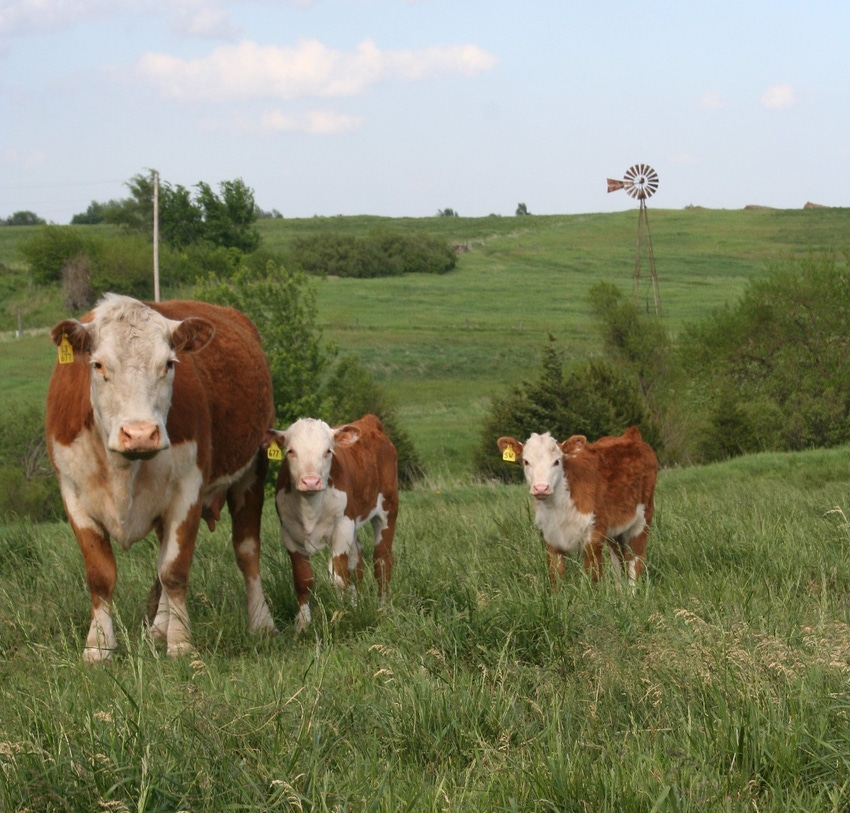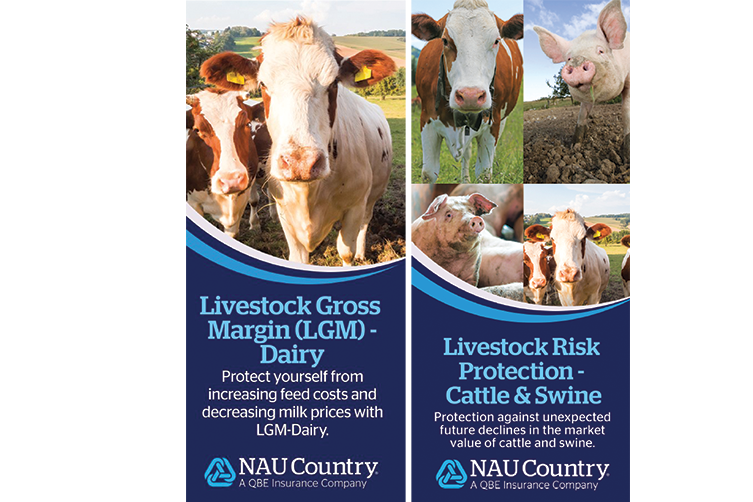Secret Variables to Think About When Finding Livestock Risk Security (LRP) Insurance Policy
When reviewing options for Livestock Risk Security (LRP) insurance policy, numerous essential variables necessitate mindful factor to consider to make certain reliable threat monitoring in the farming market. Selecting the best protection choices tailored to your specific livestock procedure is extremely important, as is understanding just how exceptional costs associate with the degree of security provided. Additionally, the eligibility standards for various kinds of animals and the versatility of the policy to adapt to changing situations are essential elements to consider. Moreover, the performance and openness of the insurance claims process can substantially affect the overall experience and economic end results for livestock manufacturers. By strategically browsing these vital factors, manufacturers can safeguard their financial investments and mitigate prospective threats successfully.
Protection Options
When thinking about Livestock Danger Protection (LRP) insurance policy, it is necessary to comprehend the numerous coverage choices offered to minimize threats in the agricultural industry. Livestock Threat Protection (LRP) insurance provides various insurance coverage options tailored to meet the diverse requirements of animals manufacturers. Bagley Risk Management. One of the key coverage options is rate coverage, which safeguards versus a decrease in market prices. Producers can select the insurance coverage degree that straightens with their price risk administration objectives, permitting them to protect their operations against possible economic losses.
An additional vital insurance coverage choice is the endorsement duration, which figures out the length of time the insurance coverage is in impact. Producers can pick the endorsement duration that finest matches their production cycle and market problems. Additionally, coverage degrees and prices vary based upon the type of animals being insured, giving manufacturers the flexibility to tailor their insurance coverage plans according to their certain requirements.
Recognizing the different protection options offered under Livestock Danger Defense (LRP) insurance coverage is crucial for manufacturers to make informed decisions that properly safeguard their animals operations from market uncertainties.
Costs Costs

Animals Threat Defense (LRP) insurance provides important protection choices customized to minimize threats in the farming sector, with a significant aspect to consider being the computation and structure of premium expenses. When figuring out premium expenses for LRP insurance policy, numerous variables enter play. These include the type and number of livestock being insured, the protection degree picked, the existing market rates, historic rate information, and the length of the coverage duration. Insurance providers might likewise consider the location of the farm, as geographic elements can impact the overall risk account.
Premium prices for LRP insurance policy are normally determined based on actuarial data and take the chance of assessment versions. Insurance firms assess historical information on livestock rates and production prices to determine an ideal premium that shows the level of danger entailed. It is vital for animals producers to carefully examine premium prices and protection alternatives to ensure they are properly secured versus possible economic losses due to adverse market problems or unpredicted occasions. By recognizing just how superior prices are calculated and structured, producers can make educated choices when choosing the appropriate LRP insurance policy for their operation.
Eligible Livestock
The decision of qualified animals for Livestock Danger Security (LRP) insurance policy coverage includes careful factor to consider of certain standards and characteristics. Animals kinds that are typically qualified for LRP insurance policy consist of feeder cattle, fed lambs, livestock, and swine. These animals should satisfy certain qualifications associated with weight varieties, age, and meant usage. In addition, the qualification of livestock may vary based upon the details insurance service provider and the terms of the policy.
Feeder cattle, for instance, are typically qualified for LRP insurance coverage if they fall within defined weight arrays. Lambs are one more group of livestock that can be thought about for LRP insurance policy, with factors such as weight and age playing a vital duty in determining their eligibility.
Prior to picking LRP insurance for livestock, manufacturers need to thoroughly evaluate the qualification standards outlined by the insurance supplier to guarantee their pets fulfill the necessary requirements for protection.
Plan Adaptability
Policy adaptability in Livestock Risk Protection (LRP) insurance permits manufacturers to customize protection to match their particular needs and take the chance of administration strategies. This versatility encourages livestock producers to customize their insurance policy policies based on aspects such as the type of livestock they possess, market conditions, and specific danger resistance degrees. By offering personalized options, LRP insurance coverage makes it possible for producers to effectively handle their risk exposure while securing their animals operations against unpredicted market volatility.
Claims Process
Upon experiencing a loss or damage, manufacturers can a knockout post launch the claims process for their Livestock Danger Defense (LRP) insurance policy by promptly contacting their insurance coverage provider. It is essential for manufacturers to report the loss asap to expedite the claims process. When connecting to the insurance coverage copyright, manufacturers will certainly require to offer in-depth information about the incident, including the date, nature of the loss, and any relevant documentation such as veterinary records or market prices.

After the assessment is full, the insurance coverage service provider will make a decision pertaining to the case and communicate the result to the producer. The manufacturer will certainly get settlement according to the terms of their Animals Risk Protection (LRP) insurance plan if the case is approved. It is necessary for producers to be acquainted with the cases process to guarantee a smooth experience in the event of a loss

Verdict
In conclusion, when selecting Livestock Danger Security (LRP) insurance policy, it is essential to think about insurance coverage alternatives, premium prices, eligible livestock, plan flexibility, and the insurance claims process. These essential elements will help ensure that farmers and ranchers are properly safeguarded against possible dangers and losses related to their livestock procedures. Making a notified decision based upon these factors to consider can eventually lead to better economic safety and security and peace of mind for animals producers.
Livestock Danger Protection (LRP) insurance policy uses various coverage alternatives tailored to meet the varied requirements of animals producers.The determination of qualified animals for Livestock Threat Security (LRP) insurance policy coverage entails cautious factor to consider click for source of particular standards and features.Policy adaptability in Livestock Danger Defense (LRP) insurance coverage permits producers to customize coverage to fit their specific requirements and risk monitoring techniques.Upon experiencing a loss or damages, producers can start the claims procedure for their Animals Danger Defense (LRP) insurance coverage by without delay calling their insurance policy supplier.In conclusion, when choosing Animals find this Threat Protection (LRP) insurance coverage, it is essential to think about coverage choices, premium costs, eligible animals, plan versatility, and the cases procedure.